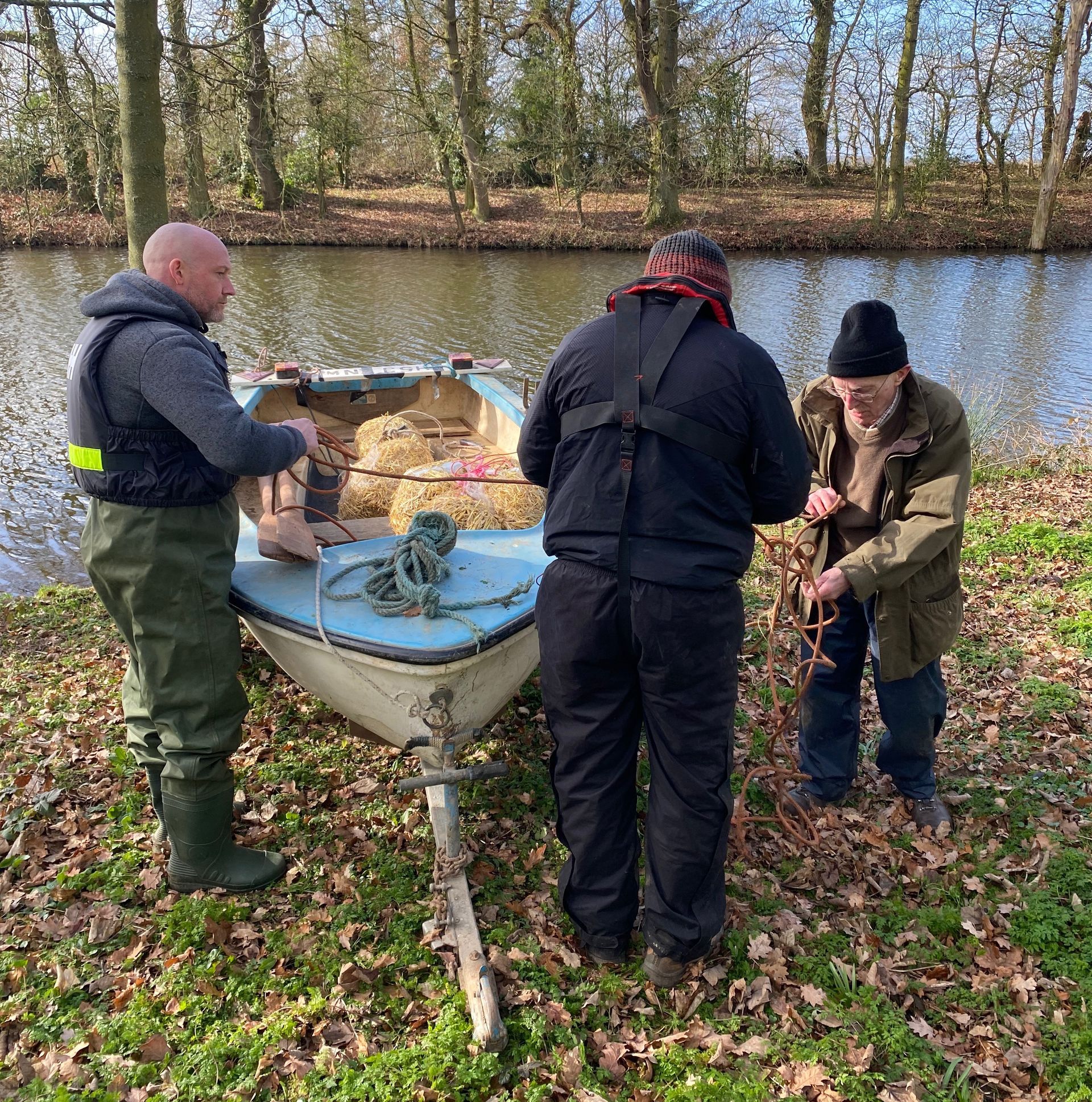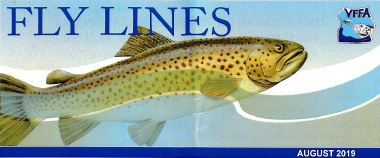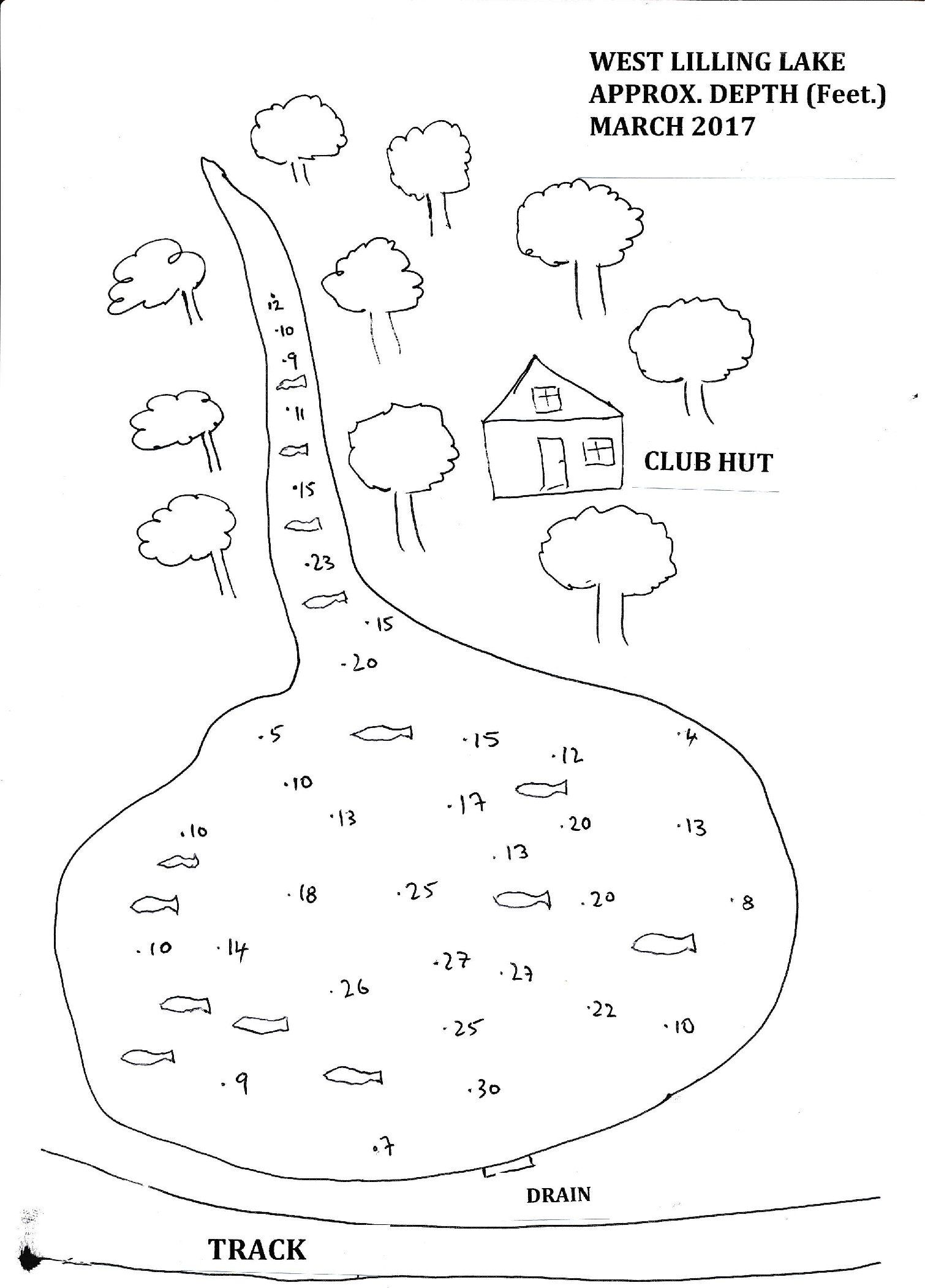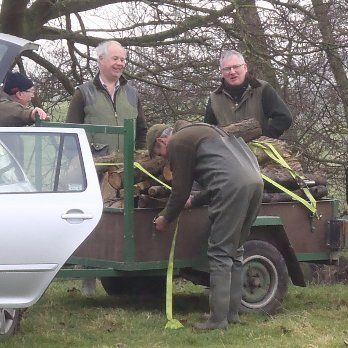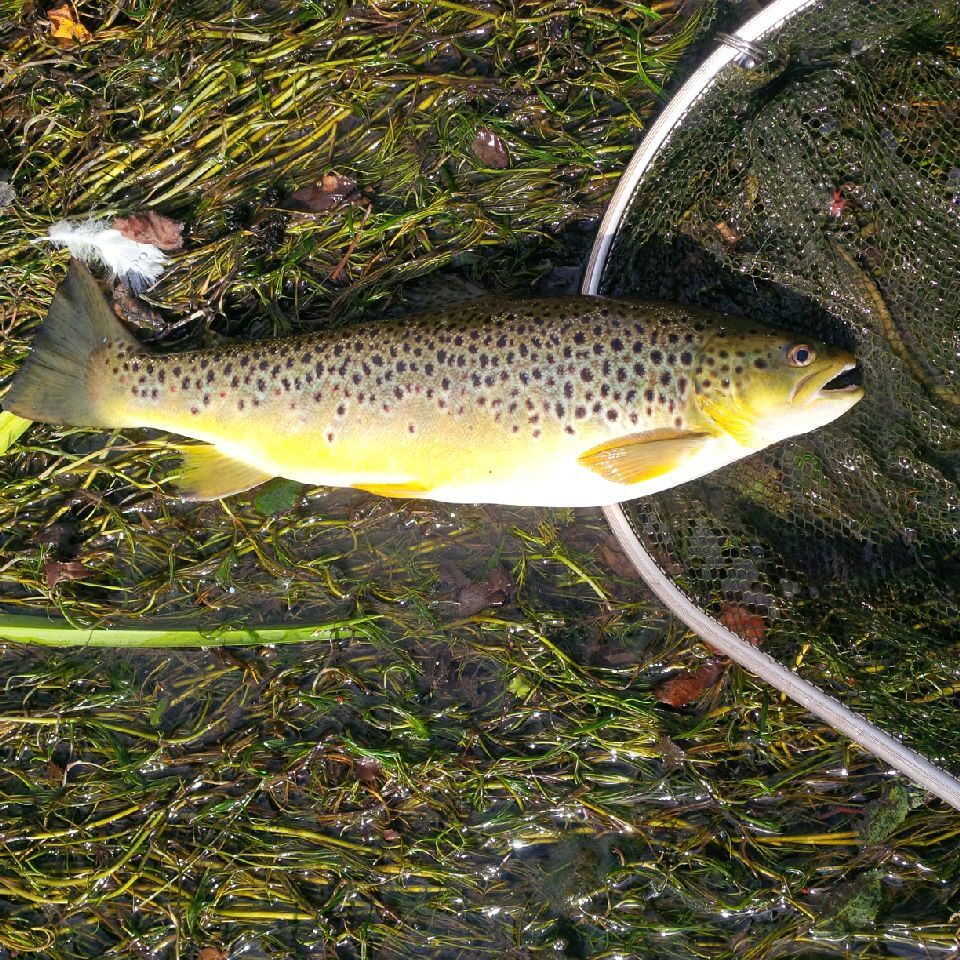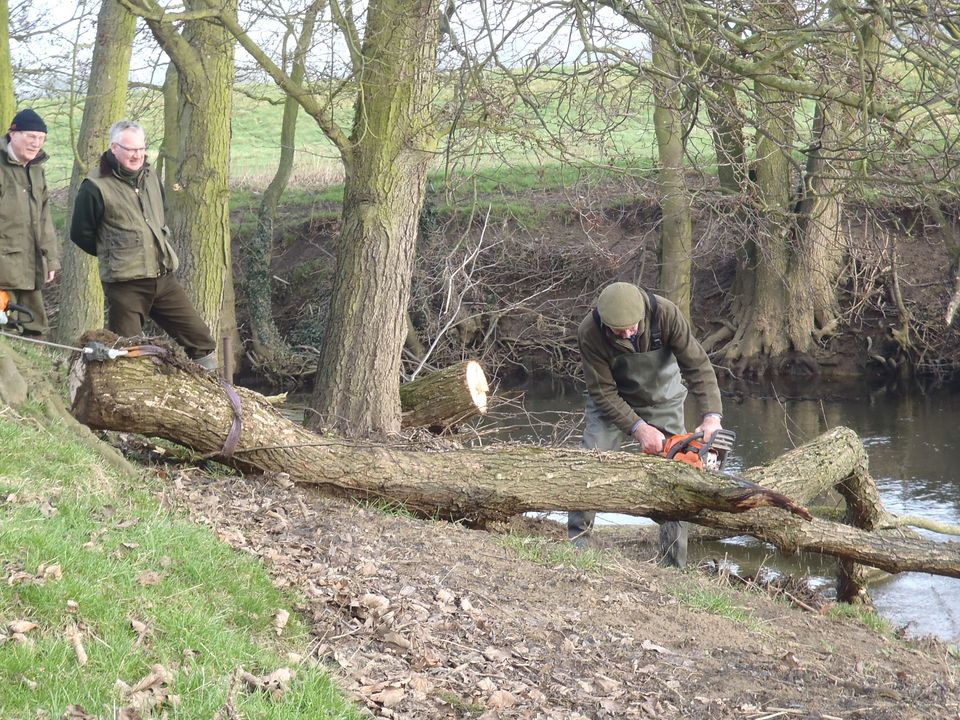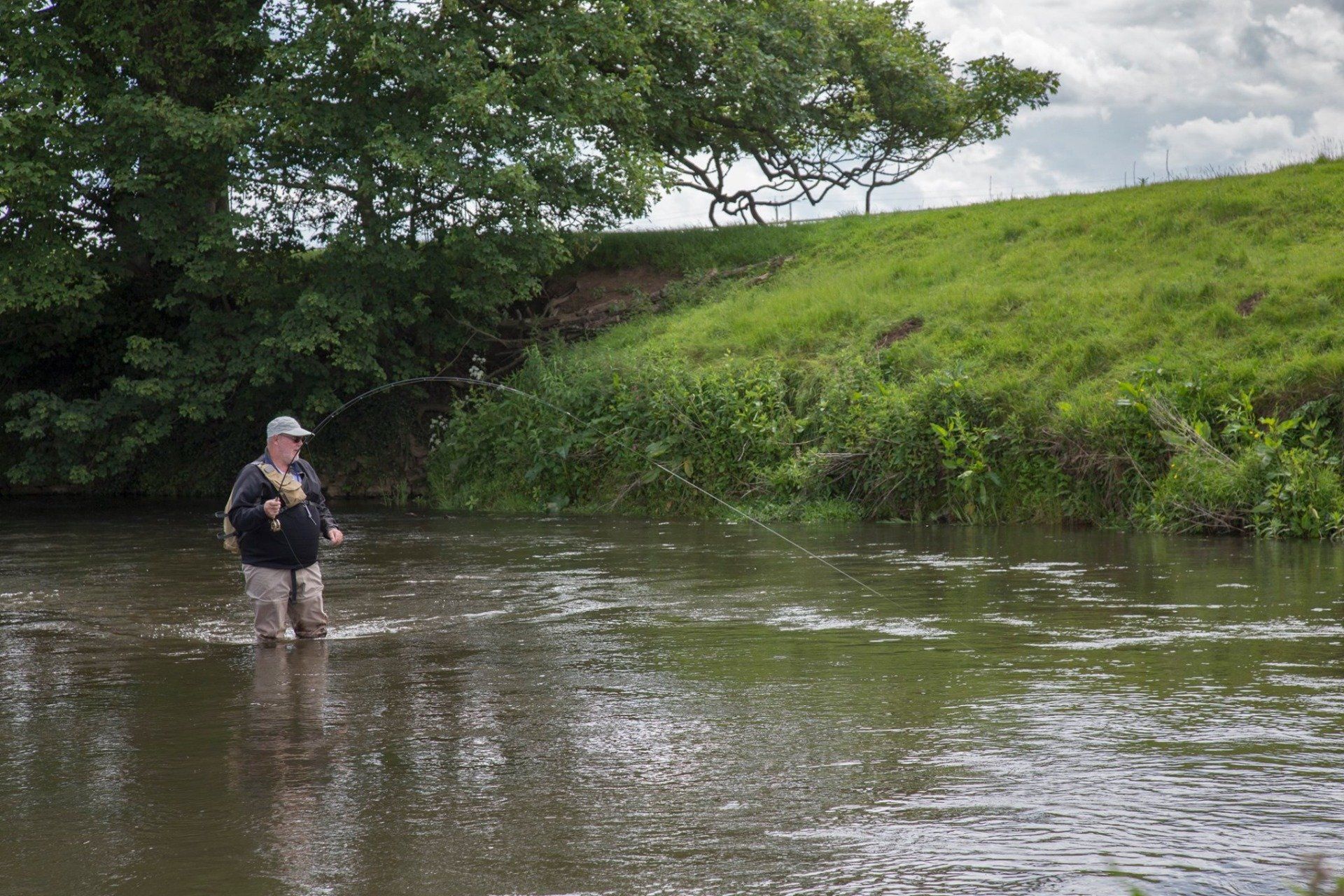Pre-season preparations...
Pre-season tasks…
How do you prepare for the beginning of a new season? We may count the ways because there are always things to be done. Routinely I will sort through my fishing bags and boxes, re-arranging flies into a semblance of order in a variety of boxes; I will clean reels, add a drop of oil to them if necessary, make up some casts and so on. This winter, in addition to tying up some new flies I rescued a trio of old cane rods from the garage where they had languished since I bought them as part of a job-lot some years ago at a fishing tackle auction. They were in pretty poor state, the glue had given up and the cane had split at several places. There was nothing for it but to re-build them. Two of the rods were without names and I felt comfortable about stripping them down to their naked elements – sans rings, sans varnish, sans cork, sans everything. I find that YouTube is a great thing and I watched several ‘masters of the art’ as they made beautiful bamboo rods – it is really artful to watch. Anyway, without great hopes of coming even close to the peerless quality seen on YouTube I slowly cleaned each rod by removing old varnish, re-glued them, wrapped tightly in heavy thread and hung them up till the glue had set. It was then a case of removing the thread, cleaning up the bamboo and setting to with varnish –coat after coat. I was indulged by being allowed to take over a part of the kitchen table for the next step: I put a home made cradle-rest onto a temporary work surface and fitted new reel seats and cork before beginning the wrapping of the rings. This is fiddly work and I would only give myself a 2:2 for merit (it was always known as a sportsman’s degree!) but over time my technique, such as it is, got better. When that was done it was time for final varnishing. My wife kindly made me new rod bags and I had some plastic tubes in the garage so each rod is now complete. Indeed, I took the larger rod to West Lilling Lake a few weeks ago to give a try out – 9 feet long, it cast a 6 weight line with ease and (surprise, surprise) it managed a 2lb rainbow to the net without splitting or snapping! The second rod is less than 7ft long and of very light build: it will be ideal for fishing at the river and I’ll be going after some small over-wintering fish on Ness Beat 2 at the earliest opportunity.
I am fortunate in being to do a lot of fishing on loughs in the west of Ireland. I’ve fished Corrib, Mask, Conn and Arrow but my local preference is for Lough O’Flynn, a limestone lake of about 580 acres, and only about 5 minutes from our house. I have a 19 ft lough boat bought second hand a decade or so ago from David Gray of Ballindoon (see his website: Arrowboats.com) who, as it happens, originally made the boat (based on a traditional design formed by Tommy Philbon of Clonbur). Well, the boat spends the winter months laid up on its trailer behind the house and I decided the time had come to give it a spruce up. I’ve been to Breanamore twice this year and on each occasion was prepared to do some work, sanding down the existing paint work and wooden transom, as the basis for fresh paint and varnish. Unfortunately I have been bested by the weather – last week it was storm Doris. Indeed I was woken at 4 in the morning by the sound of the boat’s canvas cover flapping furiously in the gale. So that is work still be done before I get out and on to the water. The season begins on 1 March on O’Flynn but it is unusual to see a boat before Patrick’s Day so there is still a little time…
As a club we arrange for a series of work party days in February and March. The first this year was held on Saturday 18 February. The weather was kind and there were a number of important jobs to be done. We are fortunate that a small number of enthusiastic members are able to help: Rex Parry worked on his lonesome at the Nunnington club hut and has layered the hedge that had grown almost out of control. He has down a great job and he may even have a second (or third) career ahead of him as a woodsman! Down stream there were a couple of trees to be removed from the river and it was of enormous help that Rupert Drury was willing to bring along his steroid–enhanced Land Rover fully equipped with a powerful winch. Bob Milne (aka Bob Trout) took some photographs which can now be seen on the club web site (go to Gallery and then Work Party Feb 2017). Tony Teasdale and David Owston are experts in the use of chain saws and a winter’s supply of logs were loaded to a trailer. At the end of the day we were able to burn off much of the smaller material resulting from our activities and also cleared an extensive area of last year’s fallen branches: there is nothing like a good bonfire at the end of the day!
The club committee met in early February and you will be pleased to learn that finances continue to be healthy as is membership. By now you will have received fresh membership tags for 2017 (thanks to Terry Nicholson/Secretary and Michael Colyer/Treasurer) for their work in this regard. We have made arrangements for stocking fish on the same basis as in previous years and will also be putting 150 rainbows into Lilling Lake. Following the presentation by Jonny Grey of the Wild Trout Trust at last year’s AGM the committee has decided to consult members about the possibility of conducting a trial/experiment by concentrating our future stocking activity on Nunnington Lower and Ness Beats thereby allowing the Nunnington Top Water to become a wild trout fishery. This will not happen without approval of members and we hope to hold a debate and determine a result at the next AGM. Linked to this proposal is a suggestion that we unify the categories of club membership: in other words that all members are full members with the right to fish anywhere on club water. In order to make this financially viable for the club we would introduce a flat-rate fee of approximately £300. Again, this is something we want to consult members about and discuss fully at the next AGM before any decision is made. Have a think about these proposals and have a chat with any member of the Committee.
That’s about it for now – I hope your pre-season’s preparations are going well.
Tight lines,
John Ditch
